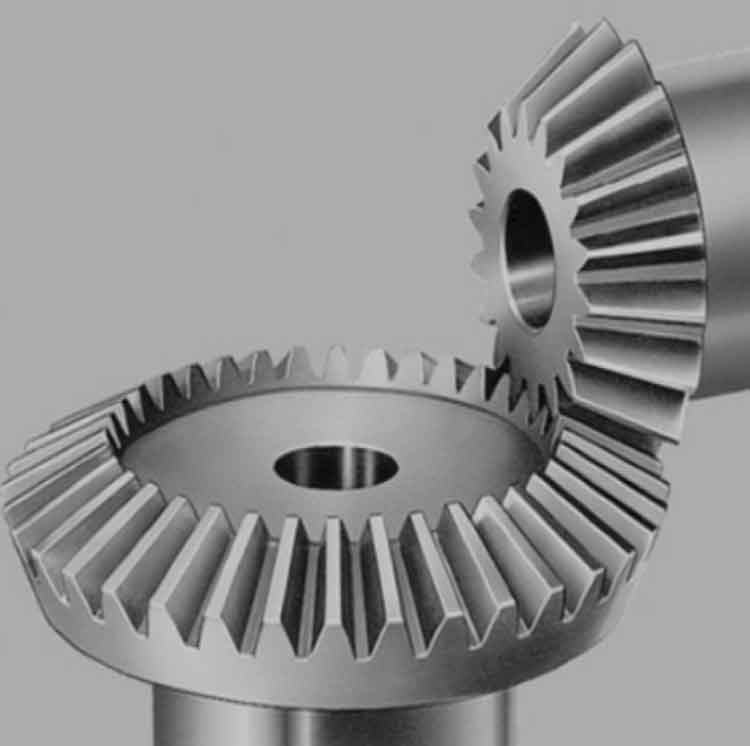
Advancements in straight bevel gear technology have played a pivotal role in driving industrial innovations across various sectors. As technology and manufacturing processes have evolved, engineers and researchers have continuously improved straight bevel gears’ design, performance, and reliability. Here are some key advancements in straight bevel gear technology and their impact on industrial innovations:
1. Precision Manufacturing Techniques:
Advancements in precision machining, CNC technology, and gear grinding have significantly improved the accuracy and quality of straight bevel gears. Precise tooth profile design and tight manufacturing tolerances contribute to smoother gear operation, reduced noise, and enhanced load-carrying capacity.
2. Computer-Aided Design (CAD) and Simulation:
The use of CAD software and advanced simulation tools enables engineers to model and analyze gear performance under various operating conditions. This allows for rapid prototyping, optimization of tooth profiles, and the ability to explore different gear configurations, leading to more efficient and reliable gear designs.
3. Tooth Profile Optimization:
Researchers have developed advanced tooth profile designs, such as modified tooth profiles, to minimize noise, vibration, and impact loads during gear meshing. These optimized profiles improve gear performance and durability, making them suitable for high-speed and high-torque applications.
4. Material Selection and Heat Treatment:
Advancements in metallurgy and heat treatment processes have enabled the use of high-performance materials, such as alloy steels, which exhibit superior strength, wear resistance, and durability. Proper material selection and heat treatment contribute to longer gear life and improved performance.
5. Gear Surface Enhancement:
Gear grinding and gear lapping processes have been refined to achieve superior surface finishes. These processes reduce friction, wear, and noise, making straight bevel gears suitable for applications requiring smoother operation and minimal maintenance.
6. Gearbox Design and Integration:
Improved gearbox design, including the integration of straight bevel gears into the overall system, has led to compact and efficient gearboxes. Engineers can optimize gear configurations and layout for specific applications, maximizing performance and reducing space requirements.
7. Condition Monitoring and Predictive Maintenance:
Advancements in sensor technology and data analytics enable condition monitoring of gear systems. Real-time monitoring of gear performance allows for predictive maintenance, reducing downtime and optimizing equipment reliability.
8. Lightweight and High-Strength Materials:
Advancements in lightweight and high-strength composite materials have expanded the application of straight bevel gears in industries like aerospace, where weight reduction and performance are critical.
9. Noise Reduction Techniques:
Innovations in noise reduction techniques, such as tooth surface treatment and vibration dampening, have made straight bevel gears quieter, expanding their use in noise-sensitive applications.
10. Automotive and Electric Vehicle Applications:
Straight bevel gears have been optimized for use in automotive transmissions and electric vehicle powertrains, contributing to improved energy efficiency and overall vehicle performance.
11. Industrial Automation and Robotics:
Advancements in straight bevel gear technology have also benefited industrial automation and robotics, where precise motion control and high torque transmission are crucial for robotic arm movements and other automated tasks.
In conclusion, advancements in straight bevel gear technology have driven industrial innovations, resulting in more reliable, efficient, and quieter gear systems. These innovations have expanded the range of applications for straight bevel gears, making them integral components in a wide array of industries, from heavy machinery to aerospace and robotics. As technology continues to evolve, further advancements in gear design and manufacturing processes are expected, pushing the boundaries of industrial applications even further.
